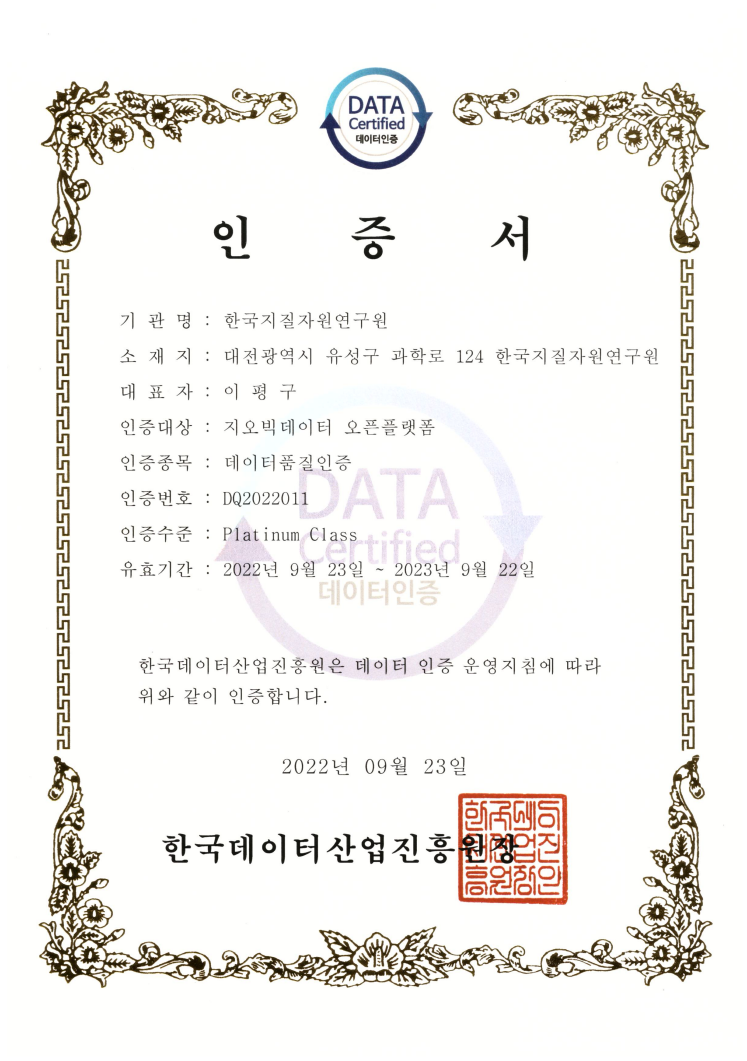지진공학연구
상세정보
| 자료유형 | KIGAM 보고서 |
|---|---|
| 서명 | 지진공학연구 |
| 저자 | 지헌철 |
| 언어 | KOR |
| 청구기호 | KR-98-C-06-1998-R |
| 발행사항 | 韓國資源硏究所, 1998 |
| 초록 | Building Code was recently amended in order to secure the safety and/or tolerance against disastrous earthquake. For the adequate but economical earthquake-resistant design, the possible maximum earthquake and the relevant waveform are crucial as input data with site characteristics. In this paper, the future plan of seismic observation network is proposed with both velocity and acceleration recordings : KIGAM, KEPRI and universities are presently involved in this plan. Nuclear power plant is fortified against earthquake since its failure results in unpredictable catastrophe. Nuclear power plant is strong enough to keep its function from big earthquake if the epicentral distance is greater than 15 Km. Here, the geological features around Youngkwang, Kori, Weolsung and Uljin nuclear power sites within 15 Km are described with geological map. Internet communications is rapidly popular at Korea. For efficient data exchange and convenient maintenance, the standard configuration of seismic station with TCP/IP communication is suggested. The procedure of constructing station is also explained whit the emphasis of earth grounding. KIGAM purchased the automatic data retrieving and processing software, so-called Korea Earthquake Monitoring System (KEMS), with source code. KEMS uses CSS 3.0 schema for relational database with Oracle SQK engine. KIGAM is in charge of distributing down-sizing KEMS to seismic research universities. KIGAM is willing to supply the modified KEMS to any institute which wants to make network with KIGAM. Here, the networking through Internet is explained by sharing KEMS |
| 페이지 | vii, 197 p. |
| 키워드 | 지진, 지진공학, 경상분지, KEMS, 영광, 고리, 월성, 울진, 원자력발전소 |
| 원문 |
유형별 보고서
- 726view
- 14download

댓글